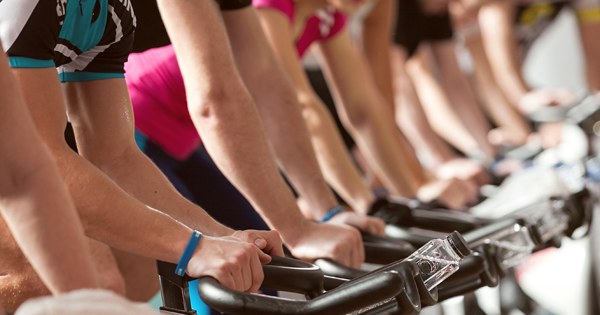Advertisement
Researchers and surgeons published an article in the BMJ Sport and Exercise Medicine journal this January about a particular type of injury they’d begun to see more and more commonly in people under 30. High intensity workouts – like CrossFit, sumo squats, indoor cycling (including Soul Cycle and spin) – are causing more and more people to endure severe injuries not typically seen in adults until they’re in their 50s or 60s.
These high intensity, extreme fitness style workouts were first introduced as a way of allowing people to fit a workout into their otherwise busy schedule. The range of motion and repetition required in these workouts, however, have become a leading cause of “extreme sport” injuries.
Doctors and surgeons are now treating a record number of adults for back, knee, and hip injuries that require surgical treatment. Oxford University completed a study, revealing that the number of keyhole hip operations had increased 730% between 2002 and 2013. This number is expected to continue increasing as time passes, and the study also revealed that the average age of the patients undergoing this procedure has dropped from the mid-40s to the mid-30s.
Surgeons have also personally recalled how they’ve noticed the demographic of their patients shifting. Just a couple years ago, extreme sport injuries found in patients under 30 used to be most common in military personnel or professional sports players and averaged at about 50 patients each year. Now, one surgeon states that he sees about 200 patients under 30 for these types of injuries, and about 25% of these patients require surgery.
Dr. Gorav Datta, a consultant orthopedic surgeon at University Hospital Sutherland, advises adults to perform more moderate or non-impact workouts that don’t strain the body. The repetition and vigor of workouts like CrossFit are the root cause of many back, leg, knee, and hip injuries.
Although these doctors haven’t prescribed any particular fitness routine or regimen to take the place of these high intensity workouts, there are plenty of alternatives, all of which can be easily discovered online or learned from a professional trainer at the gym.




